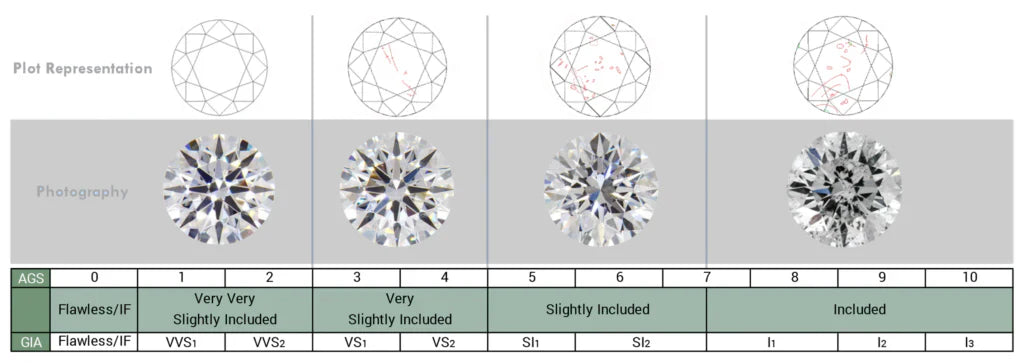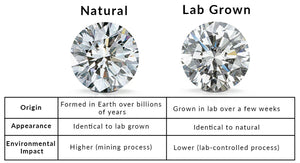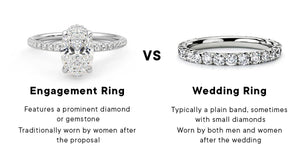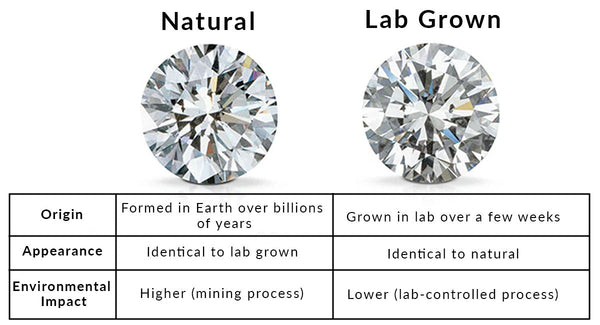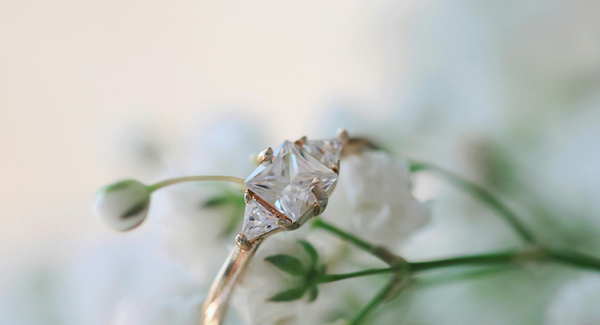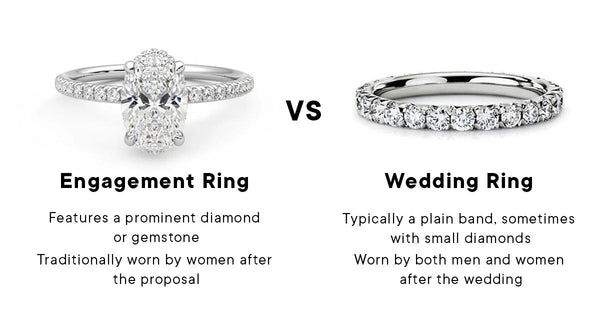If you are looking for an engagement ring or a piece of jewelry that radiates timeless sophistication and elegance, consider the mesmerizing beauty of an emerald-cut diamond. With their distinctive appearance and subtle allure, emerald-cut diamonds have become a favorite among both celebrities and discerning collectors. In this article, we will explore the enchanting allure and enduring charm of emerald-cut diamonds.
What is a Diamond Clarity Chart?
A diamond clarity chart is a widely accepted system that evaluates and categorizes imperfections present in a diamond, both internally and externally. These inclusions and blemishes occur during the diamond’s natural formation deep within the Earth. The clarity chart provides a useful tool for jewelers and consumers to assess the purity and quality of a diamond, enabling informed decisions when buying these valuable gemstones.
The Best Clarity Grade: Eye Cleanliness Trumps All
Although the term “Flawless” (FL) or “Internally Flawless” (IF) is typically used to describe the highest clarity grade on the diamond clarity chart, it’s essential to consider that the best clarity grade for you may not always be the highest on the scale. The most important thing to remember is – “Eye cleanliness is often more important than focusing solely on technical clarity grades.”
When we talk about eye cleanliness in a diamond, it means that there are no visible inclusions or blemishes when you look at the diamond without any tools or magnification. Flawless diamonds have absolutely no imperfections, even under 10x magnification. However, when choosing a diamond, it’s important to note that diamonds with slightly lower clarity grades can still appear perfect to the naked eye, and offer great value without the higher price associated with the top clarity grades.
How are Clarity Grades Determined?
Gemologists, who are experts in the field, use specialized magnification tools that operate at a 10x magnification, allowing for a close examination of the stone. The gemologists consider various important factors when assigning a clarity grade.
1. Size: The size of inclusions or blemishes within the diamond is taken into consideration. Larger imperfections have a higher chance of impacting the diamond’s appearance and overall grade.
2. Nature: Gemologists analyze the type and characteristics of inclusions, which may vary in their visibility or impact on the overall clarity grade.
3. Number: The clarity grade is determined by the quantity of inclusions and blemishes. An increased number of inclusions can result in a lower clarity grade.
4. Location: The number of inclusions and blemishes within the diamond is carefully assessed. Imperfections that are situated near the center or on the diamond’s top surface, known as the table, have a greater likelihood of impacting its brilliance. This can lead to a lower clarity grade being assigned to the diamond.
5. Relief: Relief refers to the visibility of inclusions within a diamond. Inclusions that have a stark contrast with the surrounding diamond are more likely to be noticeable and can affect the clarity grade.
Types of Inclusions in Diamond Clarity
Diamonds contain different types of inclusions, each with distinct characteristics that can affect the overall appearance of the gem:
1. Cloud
A cloud is a group of very small pinpoints that are clustered together and can affect a diamond’s brilliance by giving it a dull, hazy look.
2. Graining
It refers to the presence of faint lines or patterns caused by irregularities in the diamond’s atomic structure. These lines can be seen under magnification and give the diamond a hazy appearance with white, colored, or reflective internal lines.
3. Cavity
A cavity refers to surface dents or cracks inside the diamond. They can appear colorless as well as colored depending upon the kind of minerals within the diamond. The more colored the crystal inclusions are the more obvious they will be in appearance and can most likely be seen with the naked eye.
4. Feather
Feathers in a diamond impart a feathery look when viewed from certain angles. Some are very obvious, while others are barely visible. It can either impart a white appearance or appear clear.
Buying Tips for Diamond Clarity
If you are looking to buy a diamond, here are some important tips to keep in mind to ensure a comfortable and informed purchase:
1. Aim for the best clarity
Most of the time, it’s the shape of a diamond that determines the clarity grade. Here are some of the diamond shapes that are better at hiding inclusions and imperfections than others.
-
Round Cut Diamonds – In such a type of cut, the inclusions are less visible due to its facet pattern. For a round brilliant cut under 1 carat, choose a clarity grade of VS2 or SI1 (even SI2 does not have visible inclusions sometimes). Inclusions are easily visible if the diamonds are larger in size.
-
Asscher Cuts, Baguettes, and Emerald Cuts – Since these step-cut diamonds display inclusions more clearly due to their large surface area, a clarity grade of VS2 or better is best suitable for this type of cut.
-
Radiant Cut, Oval Cut, Pear Shaped (Princess Cut), Cushion Cut, and Marquise – Choose a clarity grade of SI1 to SI2 that still allows for eye-clean diamonds, as these shapes hide inclusions better than other shapes.
2. Request Certification
When buying diamonds, it is always recommended to ask for a reputable grading certificate from a well-known gemological laboratory like GIA or IGI. This provides assurance of accuracy and transparency in the diamond’s characteristics.
3. Seek Professional Assessment
Whenever feasible, it is recommended to consult with a certified jeweler or gemologist who can personally examine the diamond. Book an appointment with us, to help you make a smarter purchase.
4. Consider the Setting
How a diamond is set in a piece of jewelry can influence how visible or noticeable any inclusions may be. It’s important to discuss different setting options with your jeweler to find the best choice for your needs.
Conclusion
The clarity of a diamond is an important factor that can greatly affect its beauty and value. Prioritizing visible cleanliness over the technical grade can result in a stunning diamond that meets your preferences and budget. By understanding how clarity grades are assigned, being aware of different types of inclusions, and following these tips for purchasing, you will be equipped to select a diamond that truly sparkles and reflects your unique style and love.
